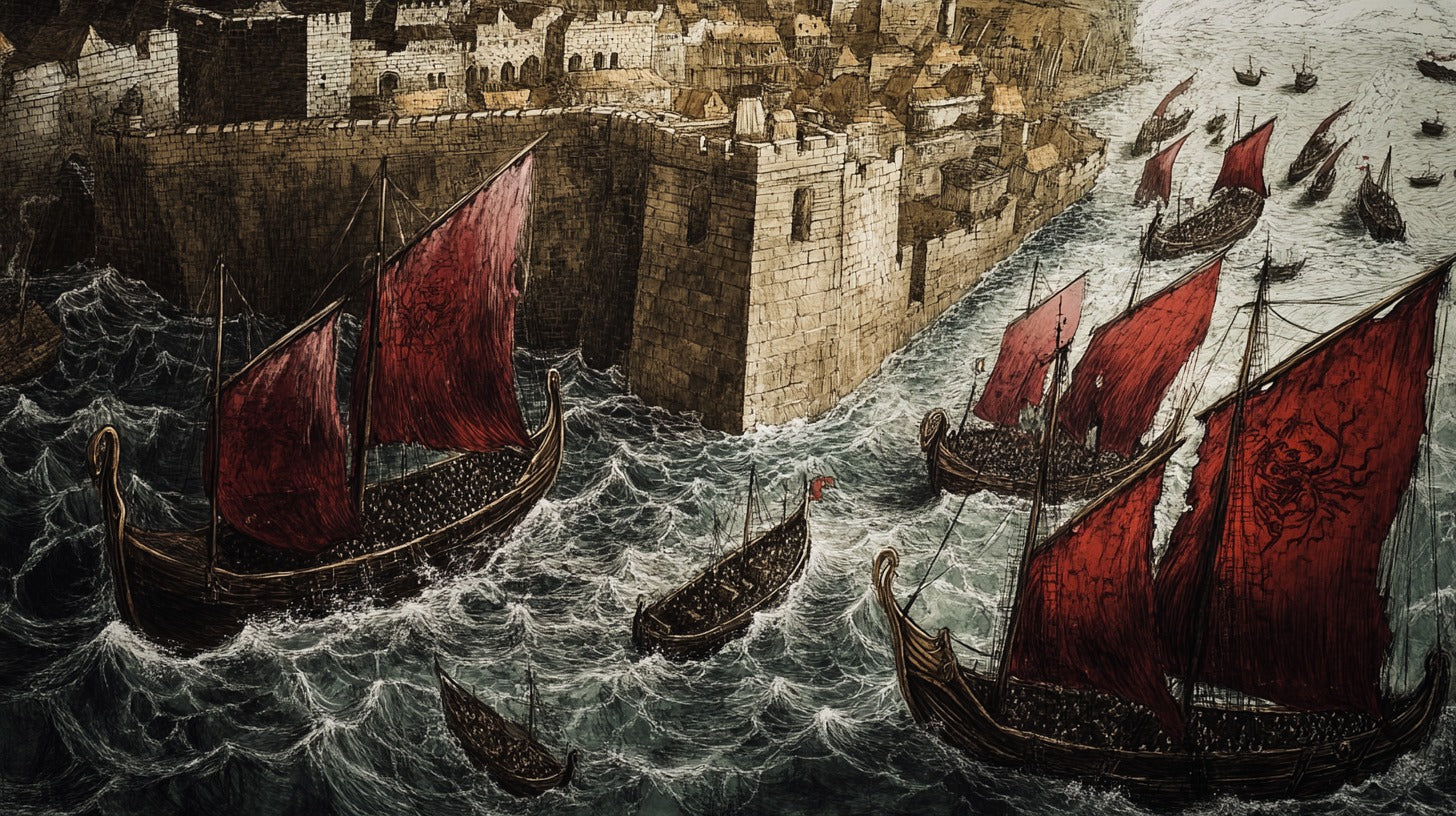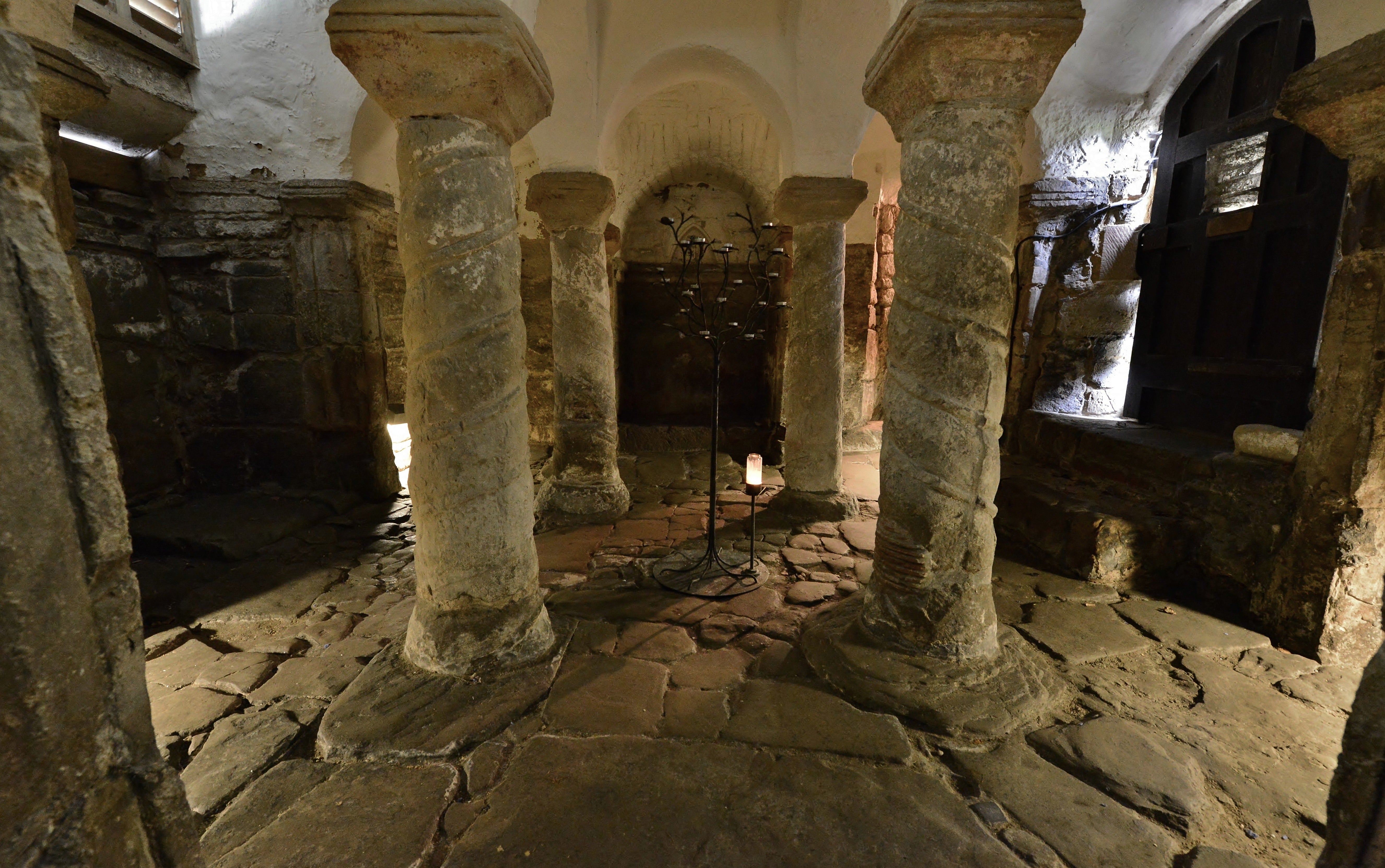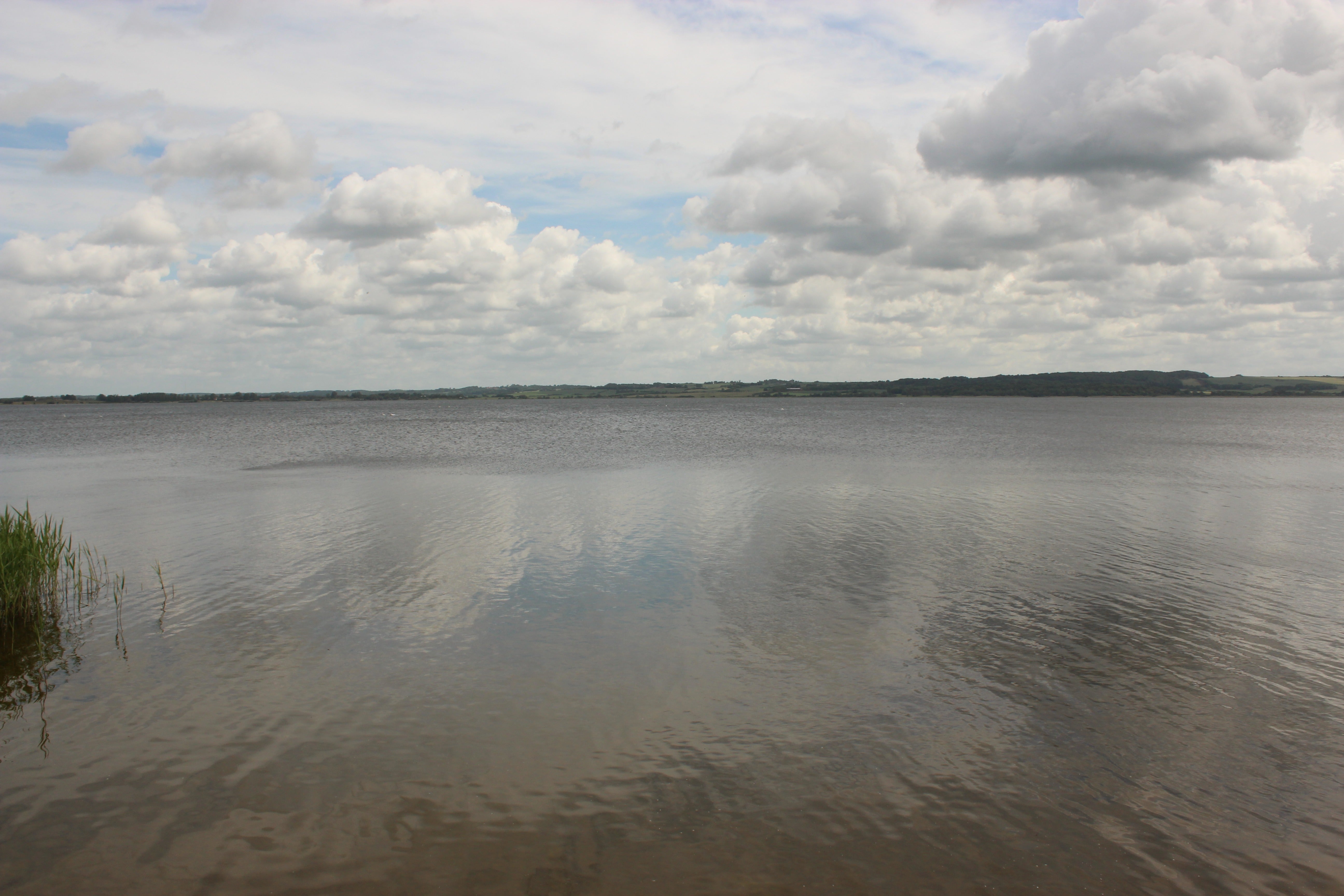
892: The Year Frankia's Ships Turned Viking Tides Towards Wessex
In the year 892, a pivotal decision by the Frankish ruler Odo, Count of Paris, would drastically alter the course of Viking incursions in Western Europe. The provision of 250 ships to a significant Viking force not only reshaped the political landscape of Frankia but also redirected the tide of Norse aggression towards the Anglo-Saxon kingdom of Wessex. This article explores the circumstances surrounding this momentous event, its immediate aftermath, and its far-reaching consequences for both Frankia and England.
Background

19th-century depiction of the Viking Siege of Paris (845)
The Viking presence in Frankia
By the late 9th century, Viking raids and settlements had become a persistent feature of Frankish life. The Seine and Loire valleys had been particularly affected, with Norse warriors establishing semi-permanent bases from which they launched raids deep into Frankish territory. The most notorious of these was the Great Heathen Army, which had plagued both England and Frankia since 865.
The Weakening Carolingian Empire
The Carolingian Empire, founded by Charlemagne, was in a state of decline by 892. The Treaty of Verdun in 843 had divided the empire among Charlemagne's grandsons, and subsequent succession crises had further weakened central authority. The Empire's inability to effectively counter Viking incursions had led to the rise of local power structures and the erosion of imperial control.
The Rise of Odo of Paris
Amidst this political fragmentation, Odo, Count of Paris, had emerged as a powerful figure. His successful defense of Paris during the Viking siege of 885-886 had earned him considerable prestige. In 888, following the deposition of Charles the Fat, Odo was elected King of West Francia, though his authority was contested by the Carolingian claimant Charles the Simple.
The Decision of 892

The Voyager’s Tribute: Drakkar Longship Adventure Ring
Odo's Strategic Considerations
Facing challenges to his rule from both internal rivals and Viking raiders, Odo sought a solution that would address both threats simultaneously. The presence of a large Viking force led by Hásteinn (also known as Hasting) presented both a danger and an opportunity.
The Offer of 250 ships
In a bold diplomatic move, Odo offered Hásteinn and his followers a fleet of 250 ships. This decision was likely motivated by several factors: the immediate removal of a significant Viking threat from Frankish soil; the potential weakening of rival Anglo-Saxon kingdoms, particularly Wessex; and the possibility of Hásteinn's forces engaging and weakening other Viking groups operating in the English Channel.
Immediate Consequences in Frankia
The departure of Hásteinn's force provided immediate relief to the regions of Frankia that had been suffering from Viking depredations. However, it also represented a significant investment of resources at a time when Odo's kingdom was already under economic strain.
The Viking Exodus
Composition of the Viking force
The Viking army that departed Frankia in 892 was a formidable force. Led by Hásteinn, it included veteran warriors who had campaigned extensively in both Frankia and England. The provision of 250 ships suggests a force numbering several thousand men, along with their families and accumulated wealth.
Journey from Frankia to England
The fleet likely departed from the Seine estuary, crossing the English Channel in the late summer or early autumn of 892. The journey itself was a significant logistical undertaking, requiring careful navigation and favorable weather conditions.
Initial landings in England
The Anglo-Saxon Chronicle records that the Viking fleet landed in two main groups. A larger force of 80 ships led by Hásteinn landed at the mouth of the River Thames, while a smaller group of 40 ships landed in Kent. These landings marked the beginning of a new phase of Viking activity in England, one that would test the defenses established by Alfred the Great.
Impact on Wessex
The State of Wessex in 892
When the Viking fleet arrived, Wessex was at the height of its power under the rule of Alfred the Great. In the years since the Treaty of Wedmore in 878, Alfred had implemented a series of military and administrative reforms known as the 'burghal system,' which had significantly enhanced the kingdom's defensive capabilities.
Alfred the Great's Defensive Preparations
Alfred's system of fortified towns (burhs) and a standing army (the fyrd) proved crucial in facing the new Viking threat. The network of burhs allowed for rapid communication and troop deployment, while the fyrd provided a trained and organized military force.
The Viking campaign in Wessex
The campaign that followed was characterized by a series of raids, sieges, and pitched battles. Key events included the construction of a fortress at Appledore by Hásteinn's forces, a raid into Wessex led by Hásteinn himself, which was repulsed, and the siege and capture of a Viking fortress at Benfleet by Alfred's forces. Despite initial successes, the Vikings found themselves unable to overcome Wessex's defenses or to establish permanent settlements as they had done in parts of Northumbria and East Anglia.
Broader Consequences

Shift in Viking strategy
The events of 892 and the subsequent campaign marked a shift in Viking strategy. The failure to establish a foothold in Wessex led many Norse warriors to seek opportunities elsewhere, contributing to increased Viking activity in Ireland and the North Sea region.
Long-term effects on Frankia
For Frankia, the removal of Hásteinn's force provided temporary relief but did not end the Viking threat. Subsequent raids would continue, though on a smaller scale. The episode also highlighted the growing power of regional leaders like Odo at the expense of centralized Carolingian authority.
Implications for Anglo-Saxon England
The successful defense against this major incursion bolstered the prestige of Wessex and Alfred the Great. It demonstrated the effectiveness of Alfred's military reforms and set the stage for the eventual unification of England under Wessex leadership in the following century.
Conclusion
The decision to provide 250 ships to the Vikings in 892 represents a crucial moment in the history of both Frankia and England. It illustrates the complex interplay of political maneuvering, military strategy, and cross-channel dynamics that characterized the Viking Age. While Odo's gambit provided short-term relief for Frankia, it inadvertently strengthened the position of Wessex under Alfred the Great. The episode serves as a reminder of the interconnected nature of medieval European politics and the far-reaching consequences of decisions made in times of crisis.
FAQs
- Who was Odo of Paris and why did he give ships to the Vikings?
Odo was the Count of Paris who became King of West Francia in 888. He gave ships to the Vikings in 892 to remove them from Frankish territory and potentially weaken rival kingdoms.
- How many Vikings were involved in the 892 expedition to England?
While exact numbers are uncertain, the provision of 250 ships suggests a force of several thousand warriors, plus families and supporters.
- What was the burghal system established by Alfred the Great?
The burghal system was a network of fortified towns (burhs) designed to defend against Viking attacks, combined with a standing army (fyrd) for rapid response.
- Did the Vikings succeed in conquering Wessex in 892?
No, the Vikings were unable to overcome Wessex's defenses or establish permanent settlements, largely due to Alfred's military reforms.
- What were the long-term consequences of the 892 Viking expedition?
The expedition led to a shift in Viking strategy, temporarily relieved pressure on Frankia, and demonstrated the effectiveness of Wessex's defenses, contributing to its growing power in England.
References
Abels, R. (1998). Alfred the Great: War, Kingship and Culture in Anglo-Saxon England. Longman.
Coupland, S. (1998). From poachers to gamekeepers: Scandinavian warlords and Carolingian kings. Early Medieval Europe, 7(1), 85-114.
Haywood, J. (1995). The Penguin Historical Atlas of the Vikings. Penguin Books.
Nelson, J.L. (1992). Charles the Bald. Longman.
Sawyer, P. (1971). The Age of the Vikings. Edward Arnold.
Smyth, A.P. (1995). King Alfred the Great. Oxford University Press.
The Anglo-Saxon Chronicle. (1996). Translated and edited by M. Swanton. J.M. Dent.







